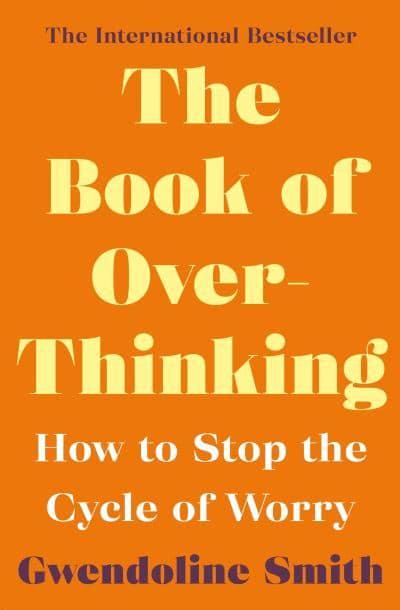The 4-7-8 breathing technique, also known as “relaxing breath,” involves breathing in for 4 seconds, holding the breath for 7 seconds, and exhaling for 8 seconds.
This breathing pattern aims to reduce anxiety or help people get to sleep. Some proponents claim that the method helps people get to sleep in 1 minute.
There is limited scientific research to support this method, but there is a lot of anecdotal evidence to suggest that this type of deep, rhythmic breathing is relaxing and may help ease people into sleep.
In this article, we look at how to perform this breathing technique, why it might work, and apps that could help.
What is 4-7-8 breathing?

The 4-7-8 breathing technique requires a person to focus on taking a long, deep breath in and out. Rhythmic breathing is a core part of many meditation and yoga practices as it promotes relaxation.
Dr. Andrew Weil teaches the 4-7-8 breathing technique, which he believes can help with the following:
- reducing anxiety
- helping a person get to sleep
- managing cravings
- controlling or reducing anger responses
Dr. Weil is a celebrity doctor and the founder and director of the University of Arizona Center for Integrative Medicine.
How to do it
Before starting the breathing pattern, adopt a comfortable sitting position and place the tip of the tongue on the tissue right behind the top front teeth.
To use the 4-7-8 technique, focus on the following breathing pattern:
- empty the lungs of air
- breathe in quietly through the nose for 4 seconds
- hold the breath for a count of 7 seconds
- exhale forcefully through the mouth, pursing the lips and making a “whoosh” sound, for 8 seconds
- repeat the cycle up to 4 times
Dr. Weil recommends using the technique at least twice a day to start seeing the benefits sooner. He also suggests that people avoid doing more than four breath cycles in a row until they have more practice with the technique.
A person may feel lightheaded after doing this for the first few times. Therefore, it is advisable to try this technique when sitting or lying down to prevent dizziness or falls.
The total number of seconds that the pattern lasts for is less important than keeping the ratio. A person who cannot hold their breath for long enough may try a shorter pattern instead, such as:
- breathe in through the nose for 2 seconds
- hold the breath for a count of 3.5 seconds
- exhale through the mouth for 4 seconds
As long as a person maintains the correct ratio, they may notice benefits after several days or weeks of doing 4-7-8 breathing consistently one to two times a day.
According to some advocates of 4-7-8 breathing, the longer and more frequently a person uses the technique, the more effective it becomes.
There is limited clinical research to support these claims about 4-7-8 breathing or other breathing techniques. The evidence is limited to anecdotal reports from satisfied users.
How it works and benefits
There is some evidence to suggest that deep breathing techniques have a positive impact on a person’s anxiety and stress levels.
For example, a 2011 review article in Health Science Journal identifies some of the potential health benefits of deep breathing techniques, particularly for deep breathing from the diaphragm. These possible benefits include:
- decreased fatigue
- reduced anxiety
- reduced symptoms of asthma in children and adolescents
- better stress management
- reduced hypertension
- reduced aggressive behavior in adolescent males
- improved migraine symptoms
Studies suggest that 6 weeks of practicing pranayamic breathing, or breathing that focuses on controlling breath movement, may have a positive effect on a person’s heart rate variability, which correlates with stress, and also improve cognition and anxiety.
Uses

There is an association between certain breathing techniques, such as 4-7-8 breathing, and other relaxation techniques. Some people couple this breathing with the following practices:
- guided imagery
- progressive muscle relaxation
- repetitive prayer
- yoga, tai chi, and qigong
- mindfulness meditation
The most common uses of 4-7-8 breathing are for reducing stress and anxiety. With frequent use, it reportedly becomes more effective in helping a person manage their stress levels.
This improvement is in contrast to anti-anxiety drugs, which tend to lose some of their effectiveness over time as the body adjusts to them.
Which apps can I use for 4-7-8 breathing?
People who are interested in trying breathing techniques but unsure of their ability to self-regulate may wish to use an app to help them. People can find apps for various devices in the Apple and Google Play stores.
For example, Breathe is a free app for Apple products, which helps people practice the 4-7-8 breathing method. Overall, the app has good reviews from people who have installed it. It also includes a feature to set reminders to use it regularly during the day.
A free app called Prana Breath: Calm & Meditate is available from the Google Play store. It helps users practice breathing cycles and different methods of breathing for relaxation
Outlook
The 4-7-8 breathing pattern and other breathing techniques may offer many potential health benefits, such as helping a person fall asleep faster and lowering their stress levels.
The only reported side effect is lightheadedness. If a person experiences this, they should either stop using the technique or modify the length of their breaths.
Interested mobile users can also try apps to remind them to use the technique throughout the day and help them pace their breathing.
Source: https://www.medicalnewstoday.com/articles/324417.php
More on Relaxation






Leave A Comment
You must be logged in to post a comment.